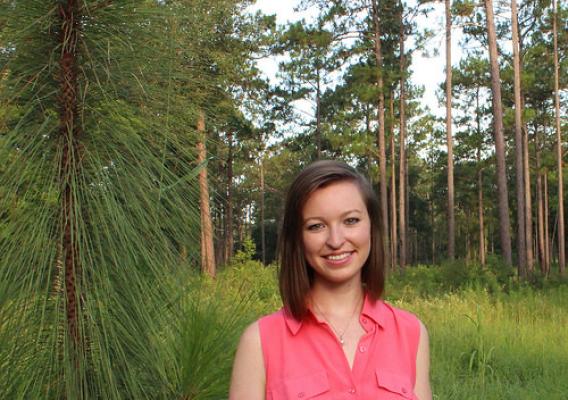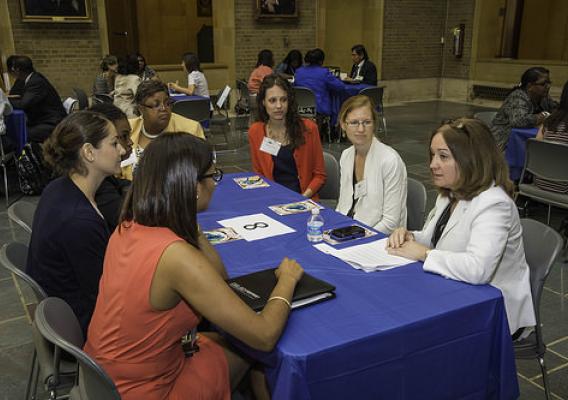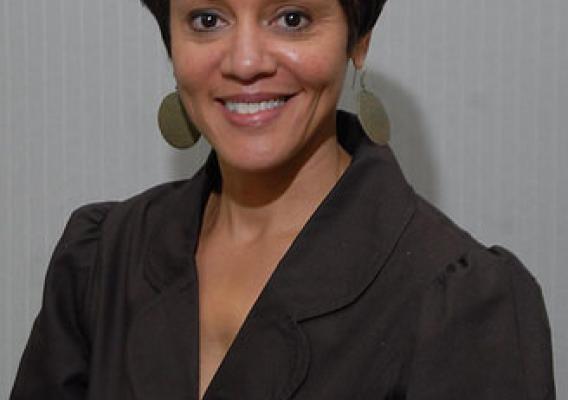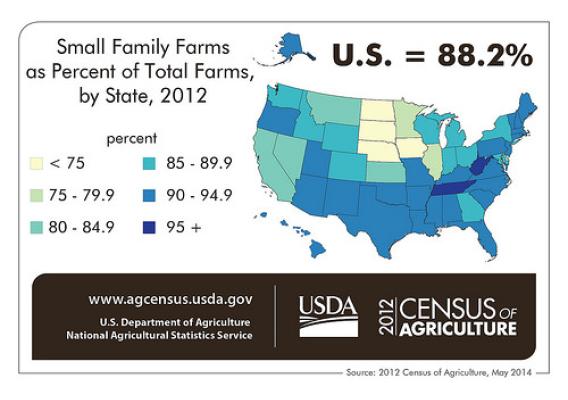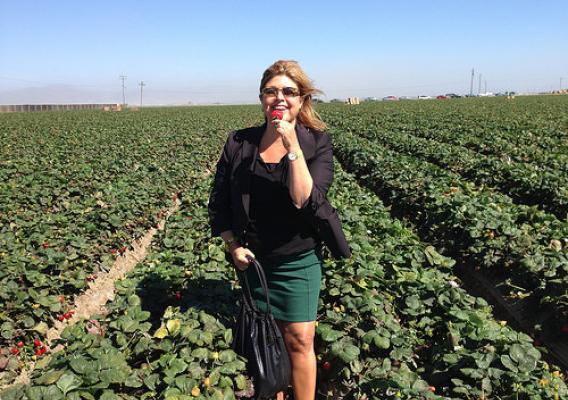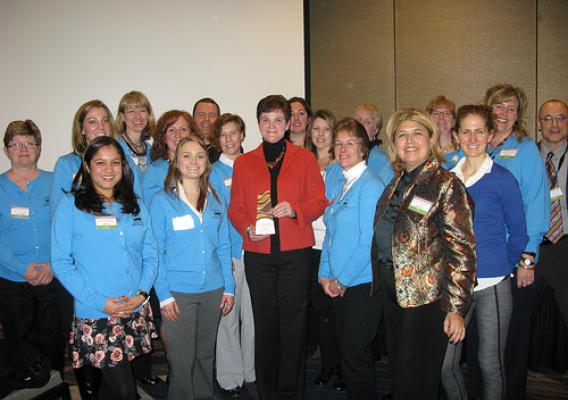Judy Olson, Donna Reifschneider, Vanessa Kummer, and Pam Johnson all share something in common— they are the women of “firsts”.
As the first female presidents of some of the major commodity organizations, these women broke new ground in agricultural leadership. But it wasn’t easy being the only female leaders in a male dominated industry. Ask these four women to talk about their experiences and you will hear similar stories—they all hoped for a deeper network and the opportunity to learn from others. Today, they are all working to ensure that the next generation is right behind them—that they will be the “first but not last”. For them, leadership means being actively engaged with their industries and communities to ensure that women are valued and recognized as equal partners on farms, in businesses and in the board room, and that they share their experiences and expertise to support other women who hope to share their voice and leadership talents.

